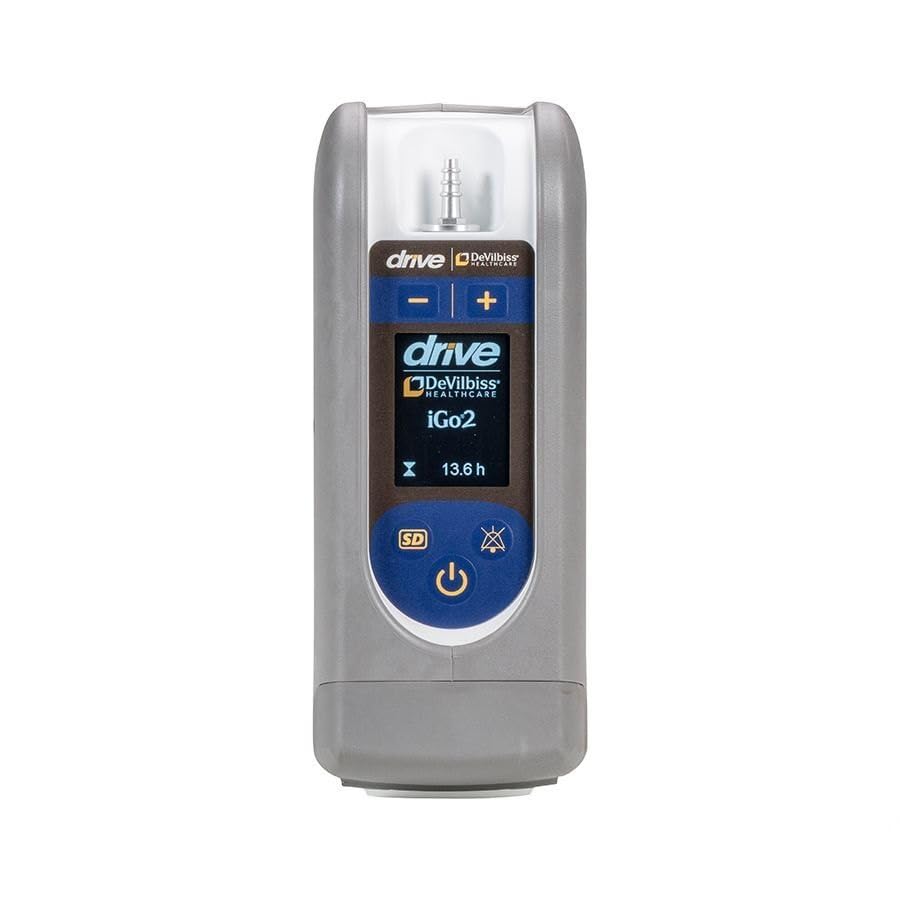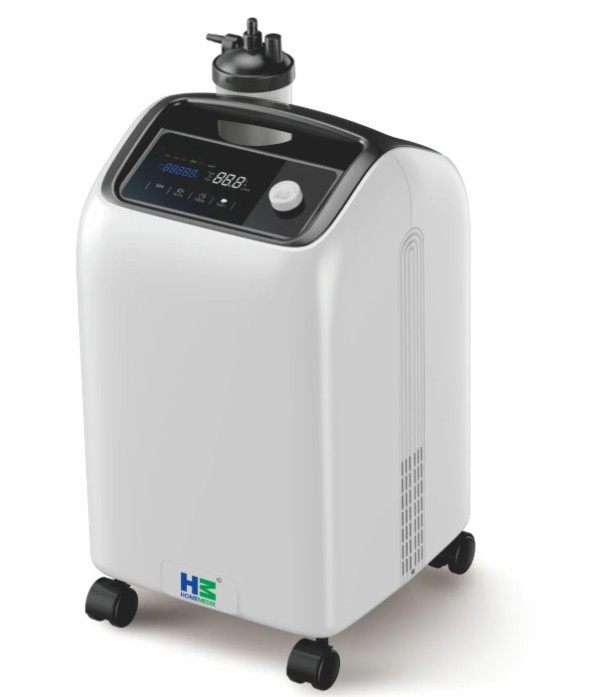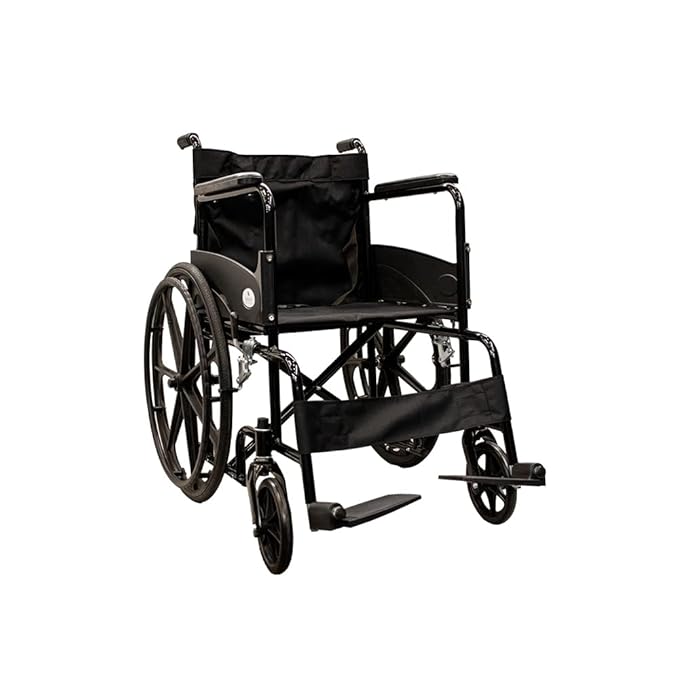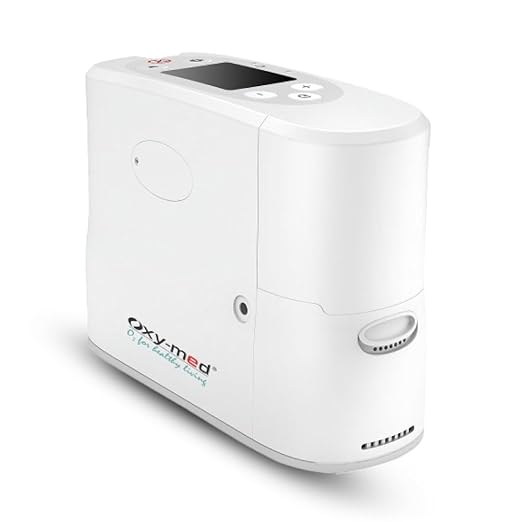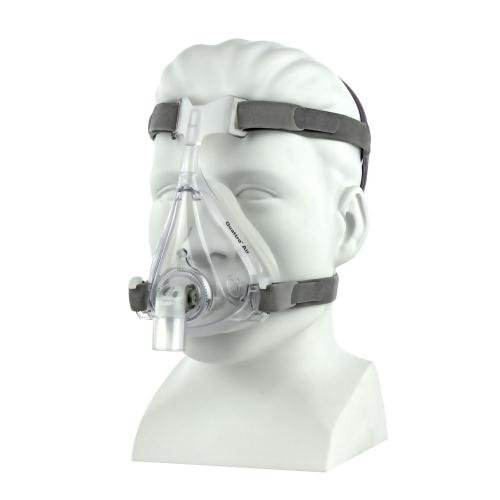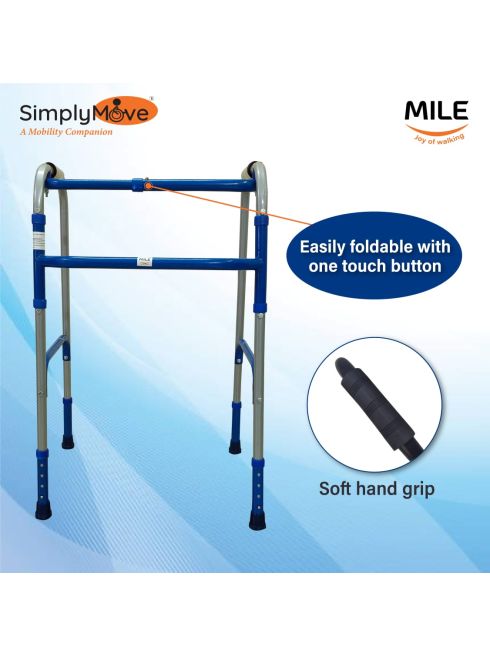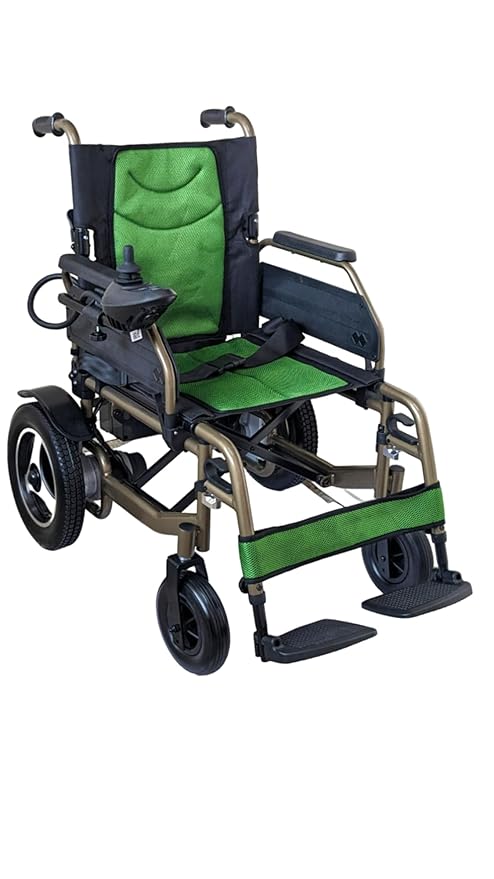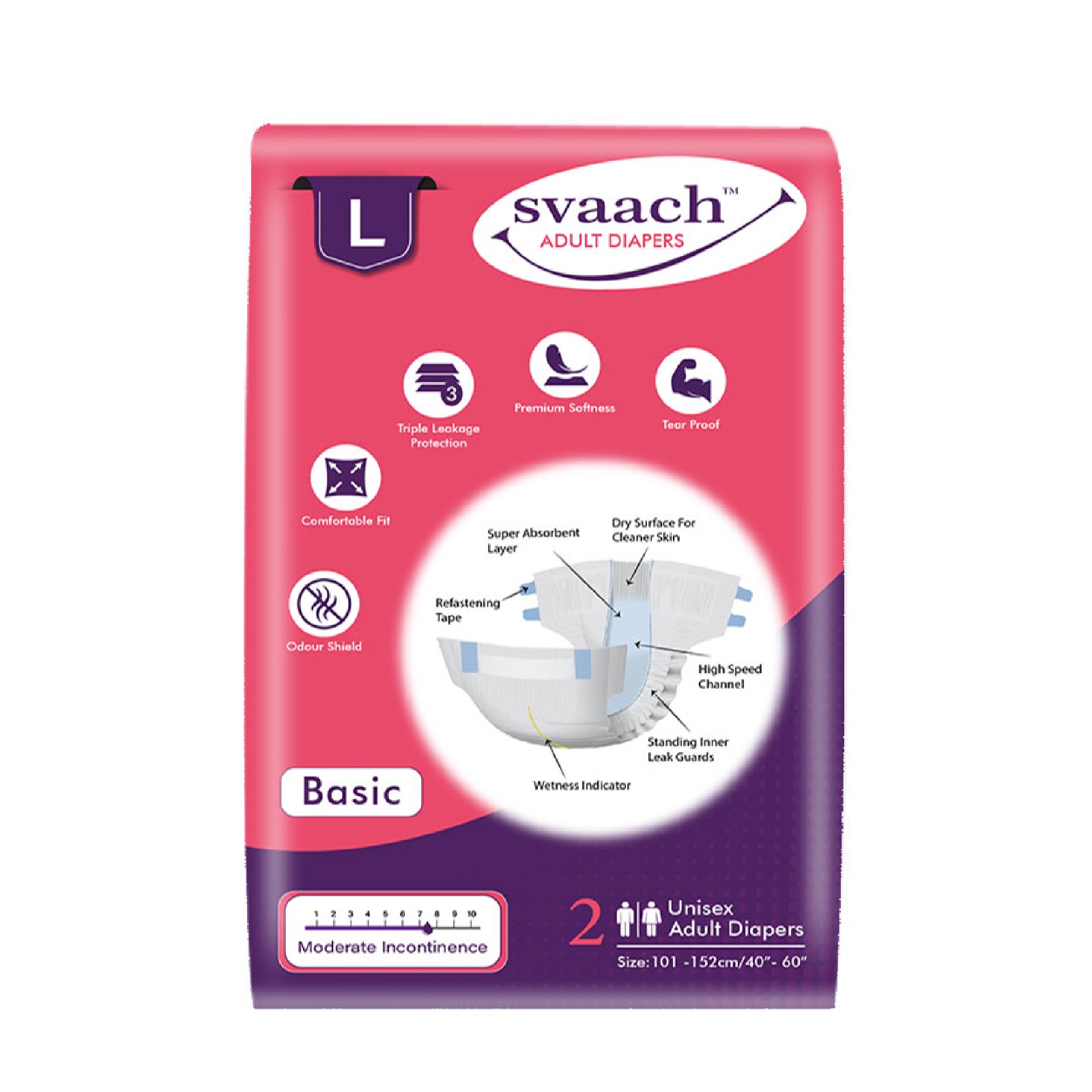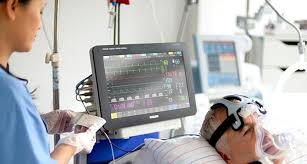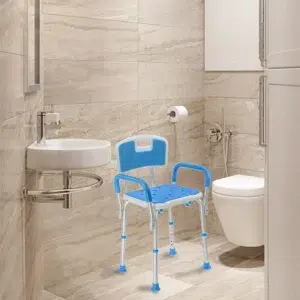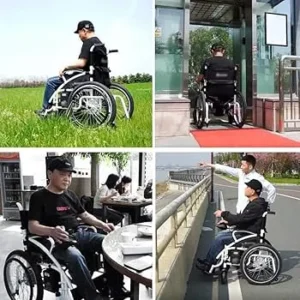Carpal Tunnel Syndrome (CTS) is a prevalent condition affecting millions worldwide [1]. It occurs when the median nerve, which runs through the wrist, becomes compressed, leading to debilitating symptoms such as pain, tingling, and weakness in the hand and fingers.
In this article, we will explore the significance of self-care in managing Carpal Tunnel Syndrome and introduce a revolutionary non-invasive therapy: red light therapy for wrist pain.
Understanding Carpal Tunnel Syndrome
What causes carpal tunnel syndrome
CTS is a multifactorial condition with several underlying causes and risk factors. One of the primary causes is repetitive hand and wrist movements, commonly associated with occupations such as typing, assembly line work, and using vibrating tools.
In addition to repetitive motions, certain factors like genetics, hormonal changes (e.g., pregnancy), and pre-existing health conditions (e.g., diabetes, rheumatoid arthritis) can increase an individual’s susceptibility to CTS.
Recognizing the early signs of CTS is essential for prompt intervention and better outcomes. The most prevalent symptoms include numbness, tingling, and a burning sensation, often manifest in the thumb, index, middle, and ring fingers. As the condition progresses, individuals may experience weakness in the affected hand, leading to difficulty gripping objects and performing everyday tasks.
If left untreated, CTS can lead to severe complications that significantly impact an individual’s quality of life. Prolonged pressure on the median nerve can result in muscle atrophy, causing the hand to weaken and lose its functionality. Chronic pain and numbness may also lead to sleep disturbances and decreased hand dexterity.
Traditional Treatments for Carpal Tunnel Syndrome
- Conventional approaches for treating CTS primarily focus on symptom relief. Physicians may recommend wrist splints to stabilize the wrist and reduce pressure on the median nerve.
- Anti-inflammatory medications and corticosteroid injections may be used to alleviate pain and inflammation.
- In severe cases, surgical intervention to release the pressure on the median nerve may be necessary.
While traditional treatments can be effective in managing CTS, they may not address the condition’s root cause and could have certain limitations. Therefore, self-care strategies are pivotal in managing CTS and possibly reversing its progression.
Recognizing the symptoms of Carpal Tunnel Syndrome early on and seeking professional medical advice is crucial. Early intervention can prevent the condition from progressing, reducing the risk of long-term complications.
Self-Care Strategies: How to reverse carpal tunnel syndrome naturally
Self-care in the context of managing CTS refers to a proactive approach where individuals actively participate in their treatment and take measures to improve their hand health.
It involves adopting lifestyle changes, incorporating specific exercises and stretches, and making ergonomic adjustments to prevent or alleviate symptoms associated with CTS. By being actively involved in their healing process, individuals can potentially reverse the progression of CTS and reduce its impact on their daily lives.
Lifestyle modifications that can alleviate symptoms and promote healing
- Rest and Breaks: Regularly giving the affected hand and wrist breaks, especially during activities involving repetitive movements, can reduce strain on the median nerve. Setting an alarm is a deceptively simple but extremely effective way to do this.
- Proper Posture: Maintaining proper posture during daily activities, such as typing or using electronic devices, helps ensure the wrists are in a neutral position, reducing pressure on the carpal tunnel.
- Cold and Heat Therapy: Applying cold packs to the affected area can help reduce inflammation, while heat therapy can promote blood flow and relax the muscles, relieving pain.
- Avoiding Aggravating Activities: Identifying and avoiding activities that worsen CTS symptoms is essential in preventing further irritation to the median nerve.
Exercises and stretches specifically designed for carpal tunnel syndrome
- Wrist Flexor Stretch: Gently stretching the wrist flexor muscles by extending the arm and pulling the fingers back with the other hand helps relieve tension in the carpal tunnel.
- Wrist Extensor Stretch: Stretching the wrist extensor muscles by flexing the wrist downward and pulling the fingers back can alleviate tightness and improve wrist mobility.
- Median Nerve Gliding: Moving the median nerve through its pathway gently with certain hand movements can help improve nerve mobility and reduce compression.
- Hand and Finger Exercises: Performing simple hand and finger exercises, such as making a fist, spreading the fingers wide, and tapping the fingers on a surface, can strengthen the hand muscles and improve dexterity.
Benefits of ergonomic adjustments in the workplace and daily activities
- Proper Keyboard and Mouse Placement: Adjusting the height and angle of the keyboard and mouse to ensure that the wrists are in a neutral position reduces strain on the carpal tunnel.
- Ergonomic Tools: Using ergonomic tools to minimize wrist strain, such as cushioned mouse pads or split keyboards, can alleviate pressure on the median nerve.
- Workstation Arrangement: Organizing the workstation to support good posture and proper wrist alignment is essential in preventing unnecessary strain on the wrists.
Red Light Therapy for Carpal Tunnel Syndrome
Red light therapy has emerged as a non-invasive and promising treatment option for individuals suffering from CTS. This therapy involves exposing the affected area, in this case, the wrist and hand, to specific wavelengths of low-level red light. The red light penetrates the skin and is absorbed by the cells, triggering various physiological responses [2] that contribute to the potential benefits for CTS.
How Red Light Therapy Works
Red light therapy works at the cellular level. When red light is absorbed by the cells, it stimulates the mitochondria, the “powerhouses” of the cells, to produce more adenosine triphosphate (ATP). ATP is the energy currency of the cells, and increased production enhances cellular function and accelerates the healing process. This increased energy production can help reduce inflammation and promote tissue repair in the carpal tunnel area.
Red light therapy has demonstrated several potential benefits for managing Carpal Tunnel Syndrome:
- Pain Relief. Endorphins are released when they are stimulated by red light [3], which briefly reduces pain in the brain and triggers a sense of euphoria or happiness.
- Reduction of Inflammation. Red light therapy promotes the expression and activity of molecules such as nitric oxide synthase [4], which dilates blood vessels; it also inhibits the production of pro-inflammatory cytokines [5]. Both reduce the pain produced by inflammation.
- Improved Nerve Function. Red light therapy’s repair at the cellular level has been shown to enhance nerve control of muscles [6].
- Non-Invasive and Low-Risk
Numerous studies and clinical trials have investigated the efficacy of red light therapy in managing various conditions, including Carpal Tunnel Syndrome. While research on red light therapy for CTS is still developing, preliminary findings show promising results [7][8].
A 2016 [9] systematic review and meta-analysis published in the Journal of Hand Therapy analyzed several studies using red light therapy for CTS. The review found that red light therapy positively reduced pain, improved hand function, and enhanced overall quality of life in individuals with CTS.
Therefore, you can look for red and infrared light devices that are integrated to effectively target pain relief and cellular repair while following the advice of a medical practitioner, the wavelength of these devices as well as the densities should be the key to the effectiveness of red light therapy for wrist pain.
Conclusion
Carpal Tunnel Syndrome can significantly impact an individual’s daily life, but relief and potential reversal of symptoms are attainable through early intervention and effective self-care strategies. Understanding the causes, recognizing symptoms, and exploring various treatment options, including red light therapy, can empower individuals to take charge of their hand health and lead pain-free life. Remember, self-care is a key component in managing Carpal Tunnel Syndrome and a proactive measure in promoting overall well-being.
References
- Justin O. Sevy; Matthew Varacallo, Carpal Tunnel Syndrome, Treasure Island (FL): StatPearls Publishing; 2023 Jan.
- Tafur J, Mills PJ. Low-intensity light therapy: exploring the role of redox mechanisms. Photomed Laser Surg. 2008 Aug;26(4):323-8. doi: 10.1089/pho.2007.2184. PMID: 18665762; PMCID: PMC2996814.
- Hagiwara S, Iwasaka H, Okuda K, Noguchi T. GaAlAs (830 nm) low-level laser enhances peripheral endogenous opioid analgesia in rats. Lasers Surg Med. 2007 Dec;39(10):797-802. doi: 10.1002/lsm.20583. PMID: 18081143.
- Keszler A, Lindemer B, Weihrauch D, Jones D, Hogg N, Lohr NL. Red/near infrared light stimulates release of an endothelium dependent vasodilator and rescues vascular dysfunction in a diabetes model. Free Radic Biol Med. 2017 Dec;113:157-164. doi: 10.1016/j.freeradbiomed.2017.09.012. Epub 2017 Sep 19. Erratum in: Free Radic Biol Med. 2019 Feb 1;131:443. PMID: 28935419; PMCID: PMC5699925.
- Salman, S.; Guermonprez, C.; Peno-Mazzarino, L.; Lati, E.; Rousseaud, A.; Declercq, L.; Kerdine-Römer, S. Photobiomodulation Controls Keratinocytes Inflammatory Response through Nrf2 and Reduces Langerhans Cells Activation. Antioxidants 2023, 12, 766. https://doi.org/10.3390/antiox12030766
- Oshima C, Nakazawa H, Izukura H, Miyagi M, Mizutani A, Harada T, Ohshiro T, Ebihara S. Low Level Laser Therapy for Radial Nerve Palsy Patients : Our Experience. Laser Ther. 2018 Mar 31;27(1):56-60. doi: 10.5978/islsm.18-OR-06. PMID: 29795972; PMCID: PMC5958237.
- Chen Y, Zhao CQ, Ye G, Liu CD, Xu WD. Low-power laser therapy for carpal tunnel syndrome: effective optical power. Neural Regen Res. 2016 Jul;11(7):1180-4. doi: 10.4103/1673-5374.187063. PMID: 27630706; PMCID: PMC4994465.
- Franke TP, Koes BW, Geelen SJ, Huisstede BM. Do Patients With Carpal Tunnel Syndrome Benefit From Low-Level Laser Therapy? A Systematic Review of Randomized Controlled Trials. Arch Phys Med Rehabil. 2018 Aug;99(8):1650-1659.e15. doi: 10.1016/j.apmr.2017.06.002. Epub 2017 Jun 16. PMID: 28629992.
- Li ZJ, Wang Y, Zhang HF, Ma XL, Tian P, Huang Y. Effectiveness of low-level laser on carpal tunnel syndrome: A meta-analysis of previously reported randomized trials. Medicine (Baltimore). 2016 Aug;95(31):e4424. doi: 10.1097/MD.0000000000004424. PMID: 27495063; PMCID: PMC4979817.


